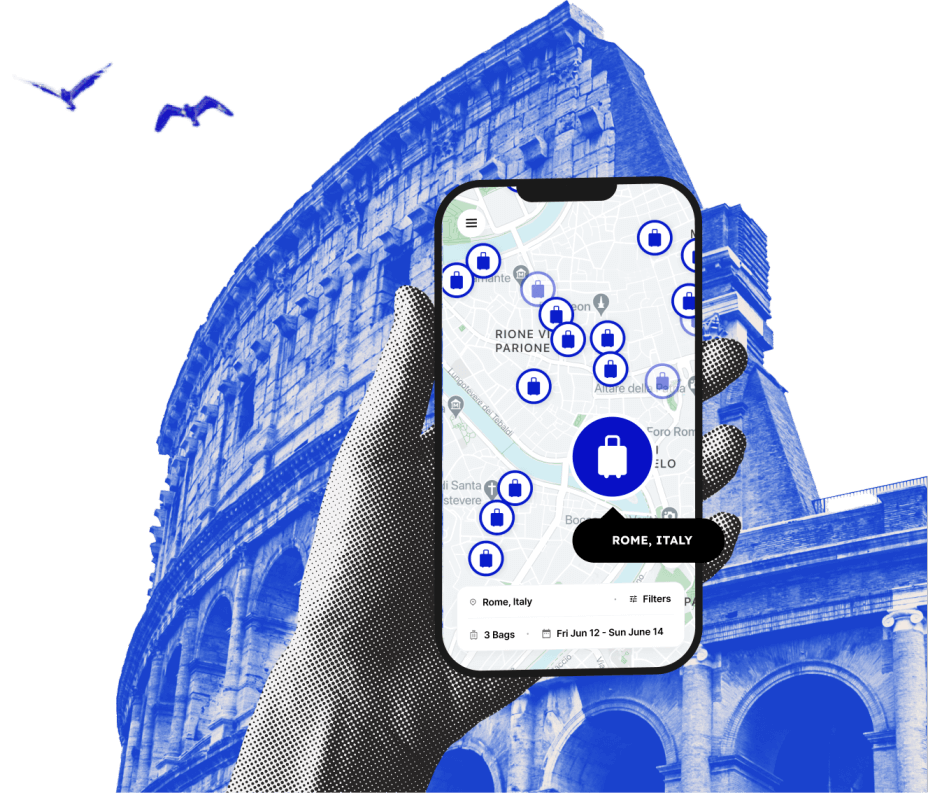The Best Time to Visit Brisbane 2024: The Ultimate Guide
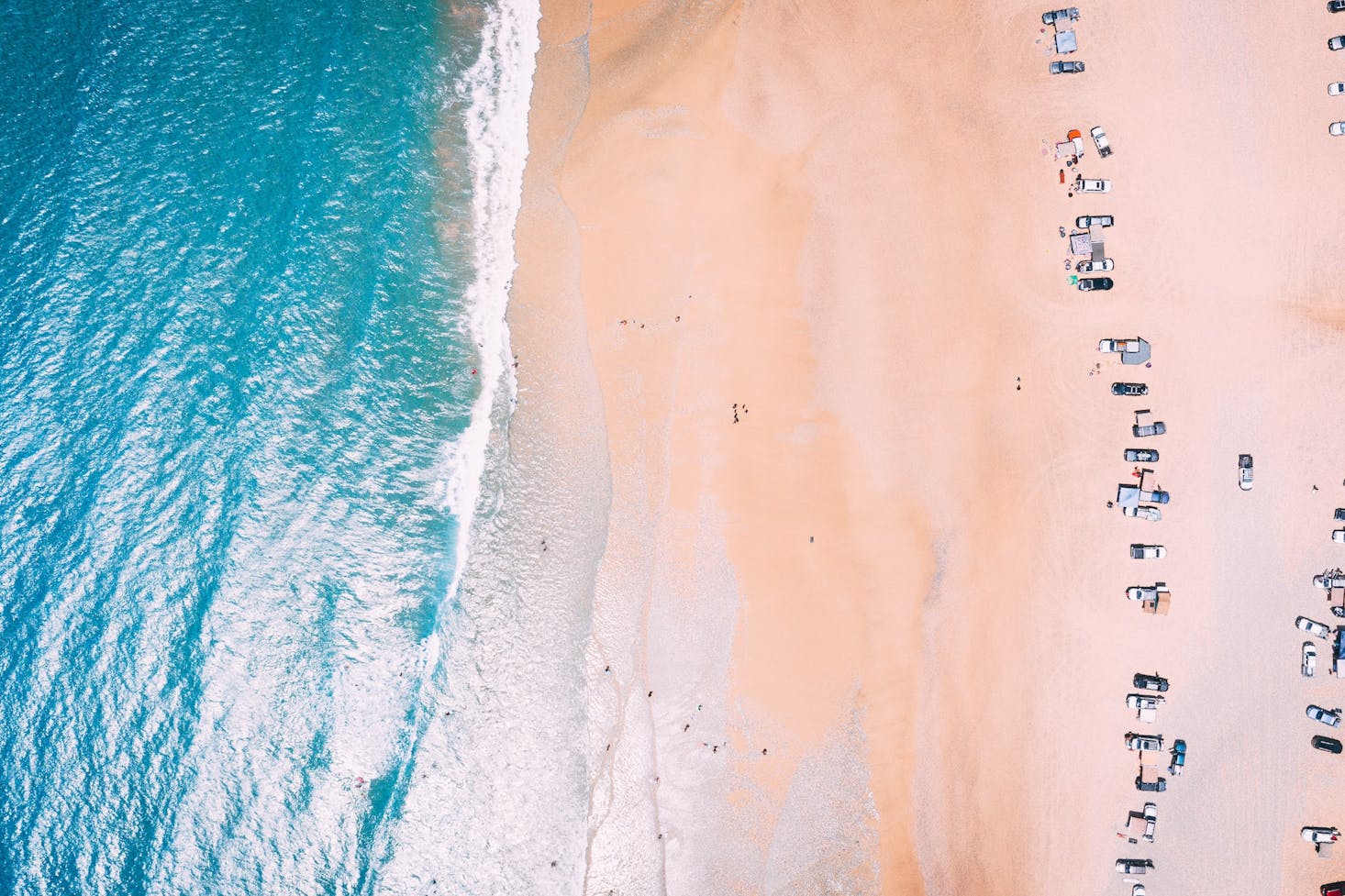
Brisbane is Australia’s third-largest city, surrounded by hills and home to an array of sophisticated big-city and natural attractions. It’s safe, clean, and green, punctuated by lush parklands, linked by magnificent bridges, and packed with historical sites and elegant buildings. With an average of 280 sunny days per year, Brisbane is one of the world’s sunniest cities. It has an annual average high temperature of 68°F (26°C) and an average low of 60.8°F (16°C), giving you pleasant days to sightsee on the River Cruise or stroll the Brisbane Botanic Gardens Mount Coot-tha.
Brisbane city is, indeed, a subtropical paradise, blessed with glorious, warm sunshine year-round. Unlike tropical Far North Queensland, it experiences a dry and sunny climate with very rare cyclones. It’s an ideal destination for visitors to enjoy outdoor activities, from bushwalking and hiking to picnics, water sports, and other fun recreations. To make the most of your outdoor adventures, leave your bags in a dedicated luggage storage area in Brisbane for maximum safety and flexibility.
The high season is the best time to visit Brisbane if you want the whole tourist experience. May to September offers good weather with less frequent rain and low humidity. The best festivals are also held around these months. Although a hot and humid month, January is another travel season due to the school holidays. But no matter what time of the year you visit, the Queensland capital will give you an extraordinary travel experience in the Southern Hemisphere.
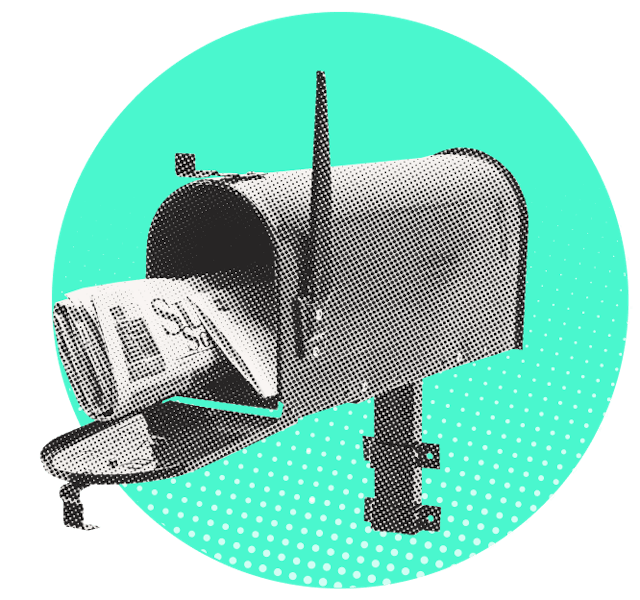
Love discounts and traveling?
Sign up for our newsletter and get 10% off your next booking.
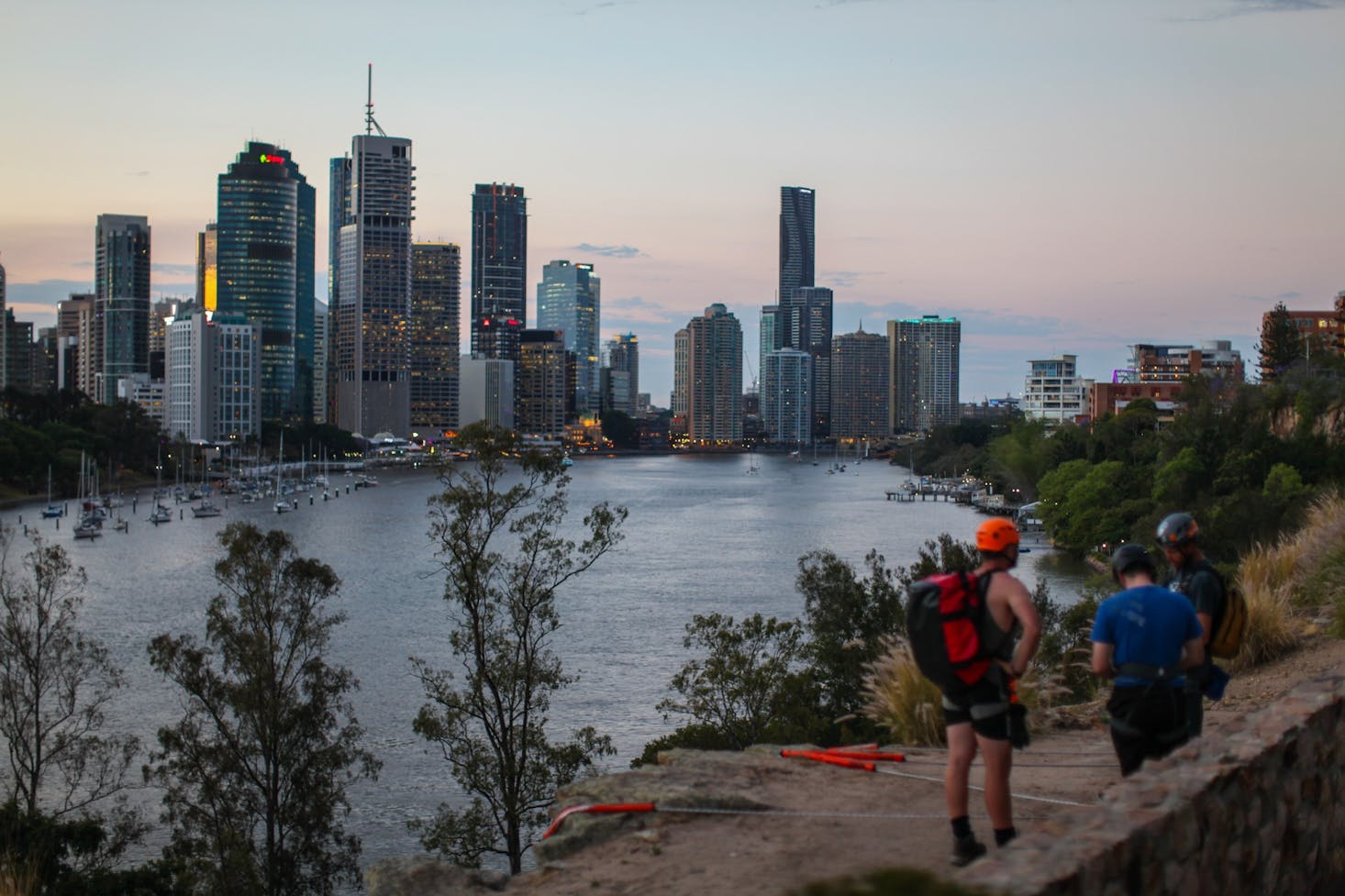
Summer in Brisbane: December – February
While the rest of the world is freezing from December to February, Brisbane experiences hot and muggy weather. It can get uncomfortably sticky, and thunderstorms may roll in the afternoon. The average temperatures for the hotter months between December and January are 84°F (28.9°C), and the most humid month is February, with humidity reaching up to 70%.
Summer in Brisbane has the highest rainfall throughout the year, which can bring occasional floods. Average temperatures around this time range from 69.8°F to 85.6°F (21°C to 29.8°C), and average rainfall is 16.6 inches (426.6 mm). So when out sightseeing, it’s essential to bring an umbrella, together with your sunglasses, hat, and sunscreen. It’s best to stay in the shade in the middle of the day when the sun is at its strongest and reapply sunscreen regularly.
If you’re shopping for summer in Brisbane, go for bold colors. Forgo pastel shades for solid primary colors. Wear lightweight dresses in brighter shades of orange and yellow. But if you’re not ready for some hues, you’ll blend in with sleeveless shirts, t-shirts, casual beach dresses, and beach skirts.

Basically, the locals in Brisbane dress for the weather. On cool days, you’ll see them layer with a jacket. And if it’s hot, it’s common to see people in vest tops, shorts, and flip-flops everywhere. You won’t need to wear socks unless you’re hiking.
If you love surfing, summer is the best season to enjoy great waves and other water activities. Whether you’re a board-riding rookie or a surfing veteran, the state’s southeast end has the best beaches to suit every style and skill. Head to South East Queensland, where you’ll find beaches with tidal currents that deliver solid surf conditions from the sandy shores of Moreton Island to the rocky Caloundra beaches.
But if you just want to stay around the city, cool off at the South Bank Parklands. It boasts 17 hectares of riverfront land, featuring picnic areas, accessible swimming facilities, walking tracks, and lush parklands, ideal for a relaxing natural getaway. You can also drive 15 west from the city and explore the Brisbane Botanical Gardens. It offers more than 56 hectares of native and exotic flora with picnic areas, free guided walks, exhibitions, and events for adults and kids.
Despite the hot, humid, and wet conditions, the January school holidays remain one of the peak times in the Queensland capital. Thousands of families flock here during the Brisbane summer, which means crowds on the beach and at the theme parks can be unpleasant. Also, expect hotel rates and airfares to rise. That’s why you might want to skip the holiday season, especially if you’re traveling for the first time and just want to enjoy a smooth and cost-free travel experience.
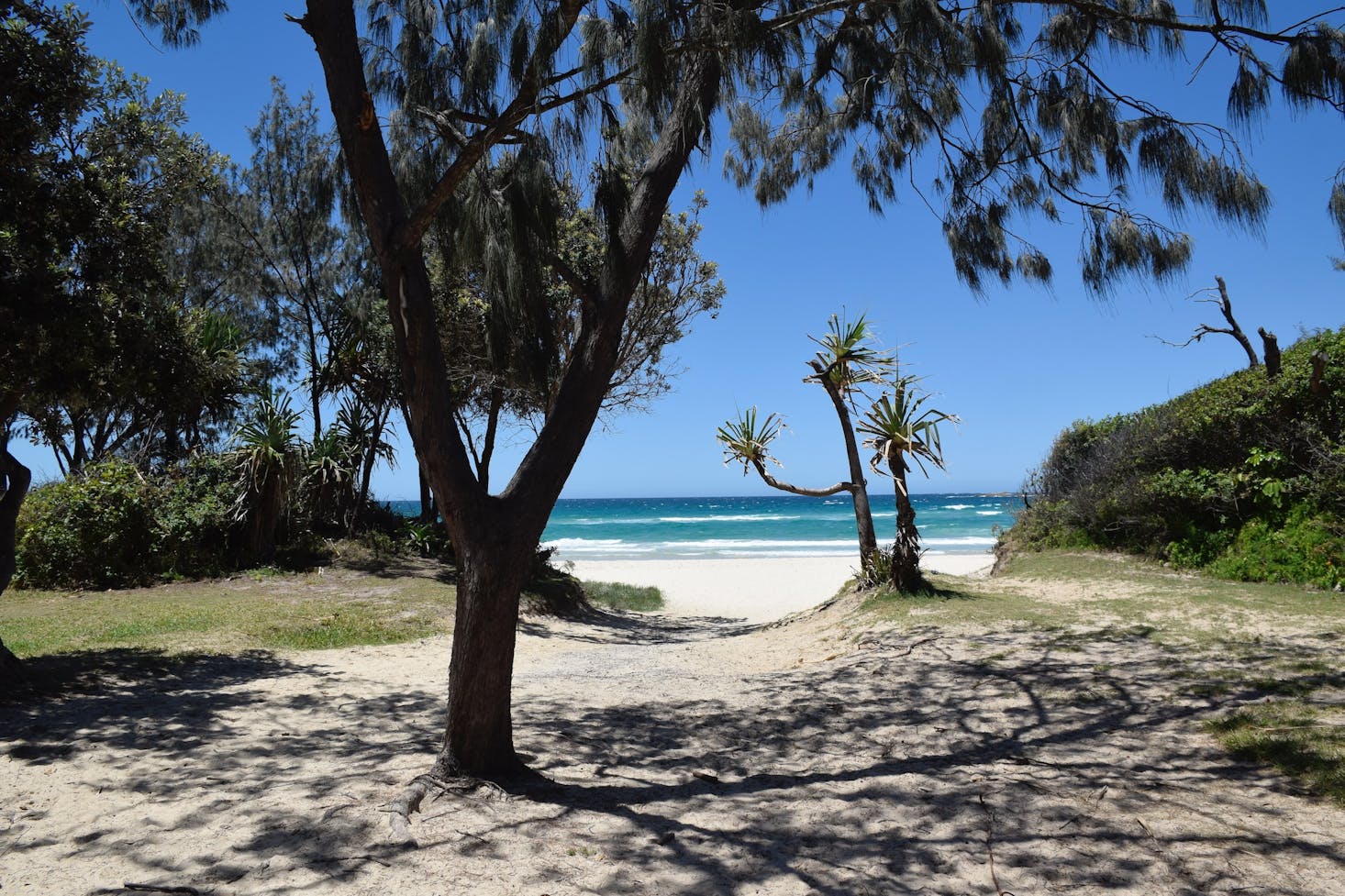
Fall in Brisbane: March – May
Fall in Brisbane marks the end of summer when the heat and humidity gradually subside. The average temperature in the city drops between 59°F and 77°F (15°C and 25°C), and residents experience less rain and low humidity. March has the least sunny days and is one of the wettest months of the year, receiving an average of 36 rainy days and 12.91 inches (328mm) of rainfall.
The average humidity level plummets in the fall, allowing you to enjoy many tourist attractions without feeling sticky and uncomfortable. You can keep your summer clothes, especially at the beginning of the season, like t-shirts, dresses, and shorts. But medium-weight jackets will be necessary at night, especially when the temperatures drop below 50°F (10°C). Since Brisbane is a very pedestrian-friendly area, you’ll need to pack a pair of comfortable walking shoes for wandering around and seeing the fall colors in the gardens and parks.
The shoulder season, which includes the months of April and May, is also the best time to visit Brisbane. It’s when the Australian summer holidays are over and you get to enjoy the milder weather. The heat still lingers but without the blistering steamy air and thunderstorms. It’s the best time to explore the Gondwana Rainforest, one of Brisbane’s most fantastic spots to visit this season. It’s over 180 million years old, home to rare animals and ancient plant life you won’t see anywhere in the world. There are also a number of watering holes and waterfalls for swimming.
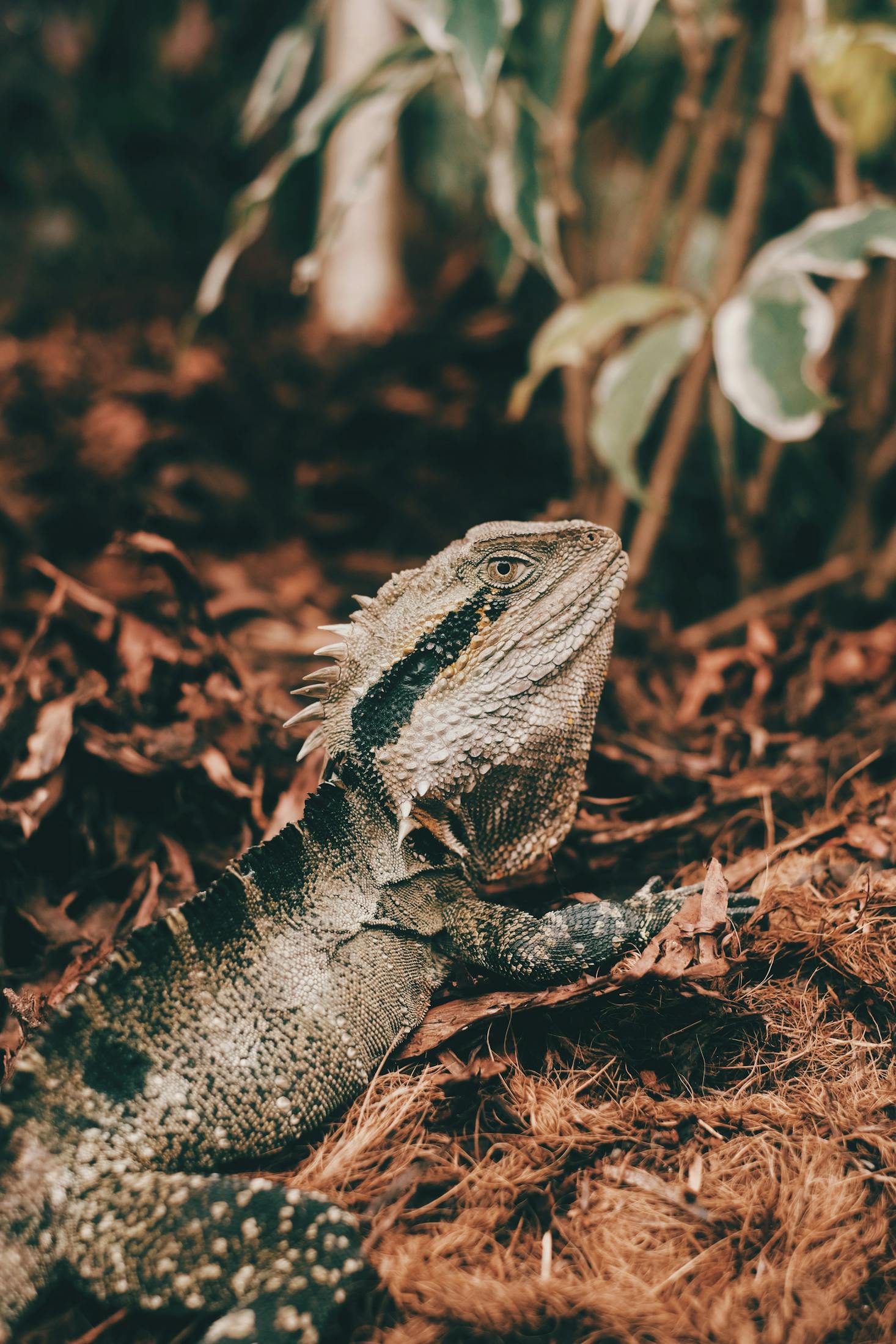
The tropical weather in Brisbane inspires open-air events, cafes, and outdoor festivals. One of the city’s coolest and hottest festivals you don’t want to miss around this time of the year is the Brisbane Ice Cream Festival. Ice cream lover or not, you’ll enjoy all the activities and exciting adventures this event has in store for you.
Several events start popping up in March, but May is the start of the Brisbane festival season. It’s a wonderful time to be in town for those who love art with the Brisbane Street Art Festival and those who need a good laugh at the Comedy Festival. It’s also a celebration of culture, tradition, and music with concerts and other festivities in and around the city.
You’ll see a slight spike in crowds and accommodation prices soar as the famous attractions are filled with travelers visiting from abroad or interstate. Traffic can also become pretty heavy. But if none of these bother you and you still want to go ahead and experience the glorious fall in Brisbane, book your flights and accommodation early.
Winter in Brisbane: June – August
Even if you hate the cold, winter in Brisbane won’t make you suffer. During the winter months, the city experiences cool nights and warm, dry days, with an average temperature that hovers between 52°F and 70°F (10°C and 21.1°C). The weather is generally mild and crisp, and overnight temperatures rarely drop below 48°F (8.9°C). Winter also experiences the least rainfall, with an average of 22 rainy days and 6.97 inches (177mm) of rain.
Layering is the key to remaining comfortable throughout the winter in Brisbane. Wear natural fabrics and pop a sweater or a long-sleeved shirt for the cooler evenings. Casual clothing is common on most days, but you may keep a warm jacket on hand for outdoor activities that need an early start. No need to bring gloves, but scarves are a versatile accessory for both men and women.
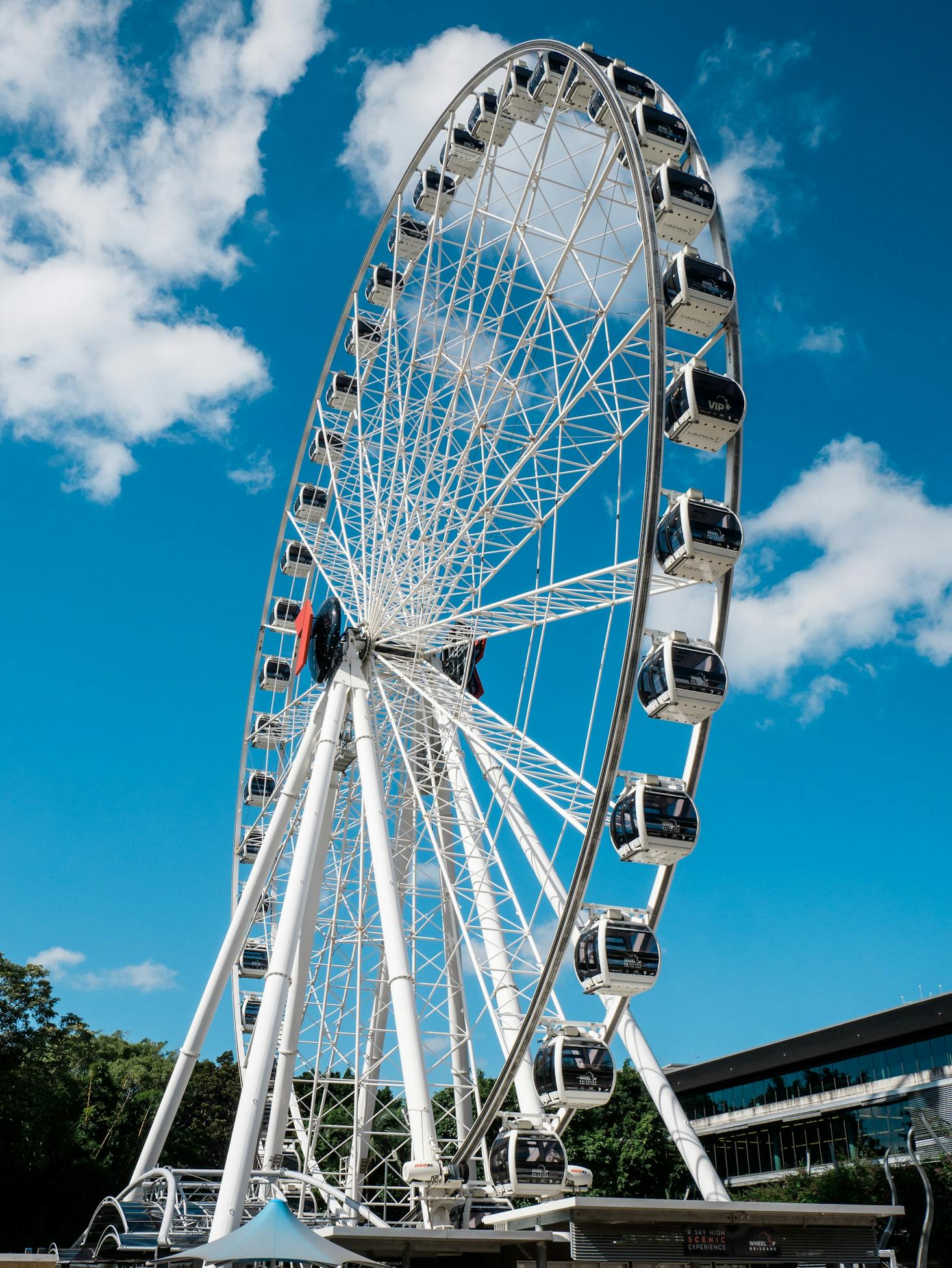
There are so many things going on during winter in Brisbane that you don’t want to miss out on, from whale watching and hiking to attending the Royal Queensland Show or Ekka. It’s an exciting time for runners with the Brisbane Marathon in June and football enthusiasts as the season brings the annual rugby league’s State of Origin in July. It’s also a big month for food lovers with the James Street Food & Wine Trail and the Noodle Night Markets. Though it can get cold at night, the weather doesn’t get in the way of enjoying its open-air celebrations.
The winter’s clear skies and dry air are the ideal conditions for the spectacular sunsets you’ll ever see. The city has some of the best sunset spots, so catching one isn’t hard. But if you come here for the snow, you’ll be disappointed. While light snowfall may occur in southern Queensland, it doesn’t snow in Brisbane. There are numerous places to experience snow in Australia, including the peaks of the Australian Alps, but not in Brisbane.
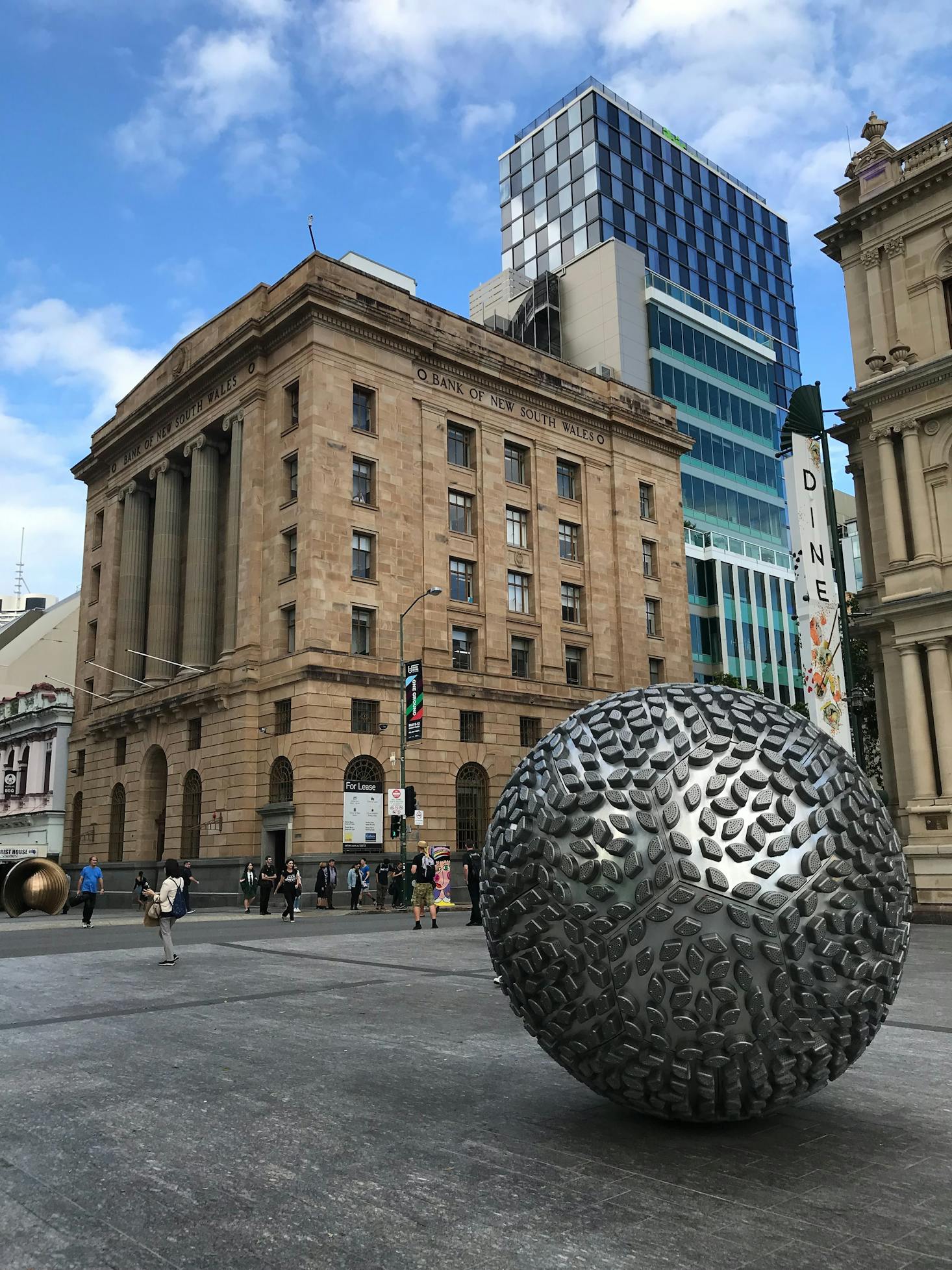
Spring in Brisbane: September – November
The climate during spring in Brisbane is very similar to fall. You’ll enjoy warm, sunny days, but the sea breezes bring cool weather. Its average temperatures range from 59°F to 77°F (15°C to 25°C) but rarely drop below 53.6°F (12°C). It receives an average of 27 rainfall days throughout the season and 4.96 inches (226mm) of rain. The sunniest month in Brisbane is November, with an average of 273 sunshine hours.
With the city’s laid-back sense of style, all you need are a light sweater, jeans, and sneakers for your spring outfit. You might still need your jacket early in the morning or evening, especially in September. But you’ll probably stick to light clothing and ditch the coat and jumper by the end of the season. Thrown your favorite swimsuit in your suitcase in case you want to hit the pool on a sunny afternoon.
The Brisbane Festival, the city’s biggest cultural event, is a celebration you don’t want to miss in September, making it one of the best months to visit Brisbane. This annual event delivers three weeks of music, theater, art, dance, and more, attracting visitors from all over the country and the world. The Bigsound Festival and the NRL Grand Final also bring a crowd, so book your flights and accommodations in advance.
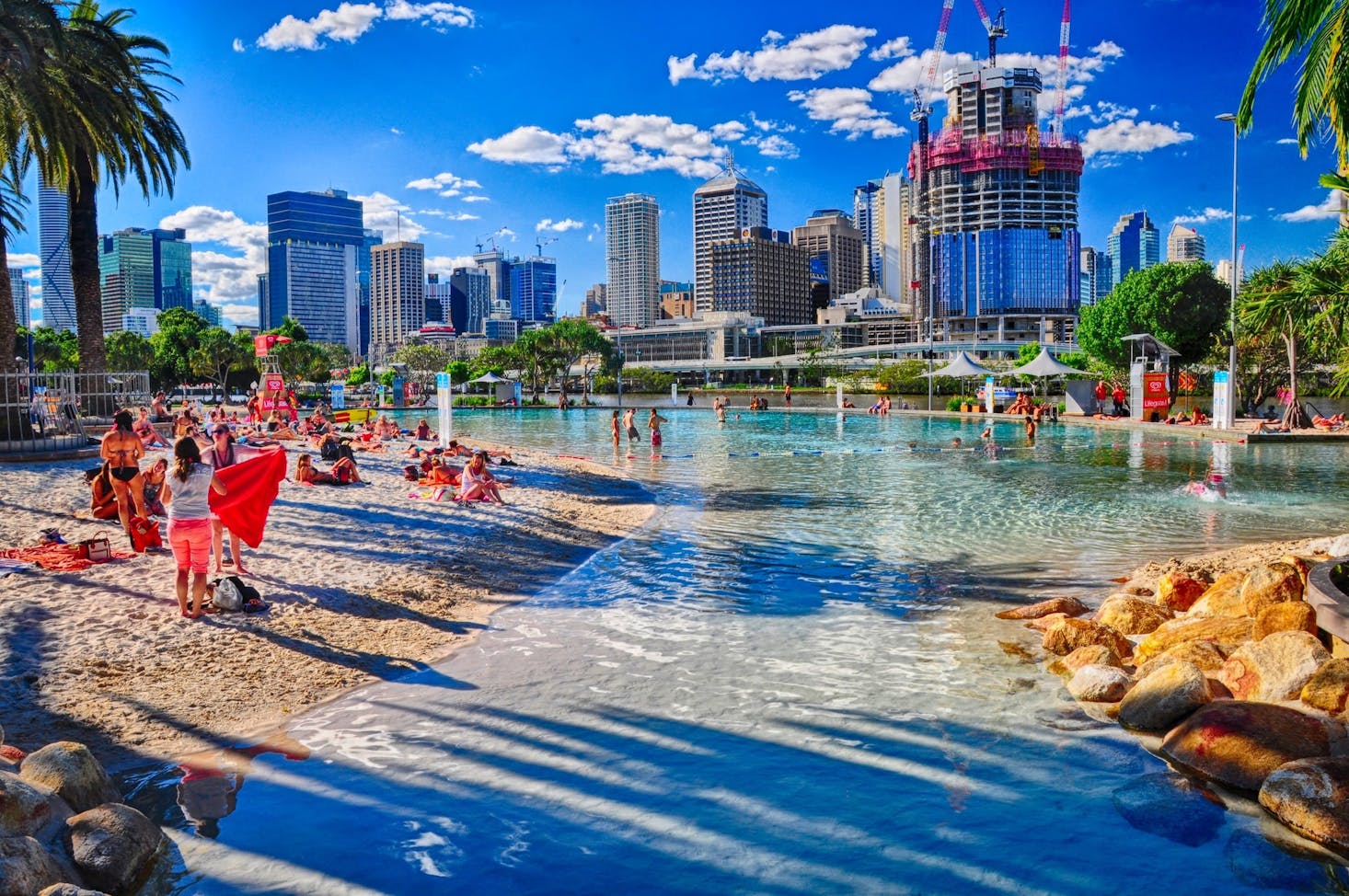
October is also a festival-packed month. Partygoers will love Oktoberfest, while the Brisbane International Film Festival will give you new memorable experiences. You’ll be entertained by compelling documentaries, classic cinema, cult films, entertaining dramas, festival favorites, award-winning movies, and more.
Stop by one of the many restaurants offering refreshing spring menus or spend time with friends at a rooftop bar. Spring in Brisbane is also an excellent time to stroll the Brisbane River and discover the waterside cafes and dining spots. Of course, your springtime adventure won’t be complete without walking or biking through the lush parklands and seeing the natural features and gardens.
You’ll love visiting Brisbane in spring, but the only downside is the heat and humidity, especially in November. The wet days start increasing and the humidity level is on the rise.
When is the best time to visit Brisbane for you?
You’ll have a blast in Brisbane no matter when you plan to visit. But if you’re here for the weather, visit during the peak season from May to the end of October. During this time, rain is less frequent, floods and storms are rare, and you get to enjoy pleasant sunny days. It’s also the dry season with open-air events, outdoor concerts, and festivals.
However, if you want to avoid the crowds, the low season, from November to early December and February, is the best time to visit Brisbane. You’ll be less likely to deal with long queues and there will be fewer tourists in major city attractions. Plus, airfares and hotel rates are lower, and traffic isn’t bad.
Know what you want to do during your trip to Brisbane? Check out these guides for inspiration!
The Best Hikes In Brisbane
Brisbane On a Rainy Day: Things To Do
Music Festivals in Brisbane in 2022

Love discounts and traveling?
Sign up for our newsletter and get 10% off your next booking.
